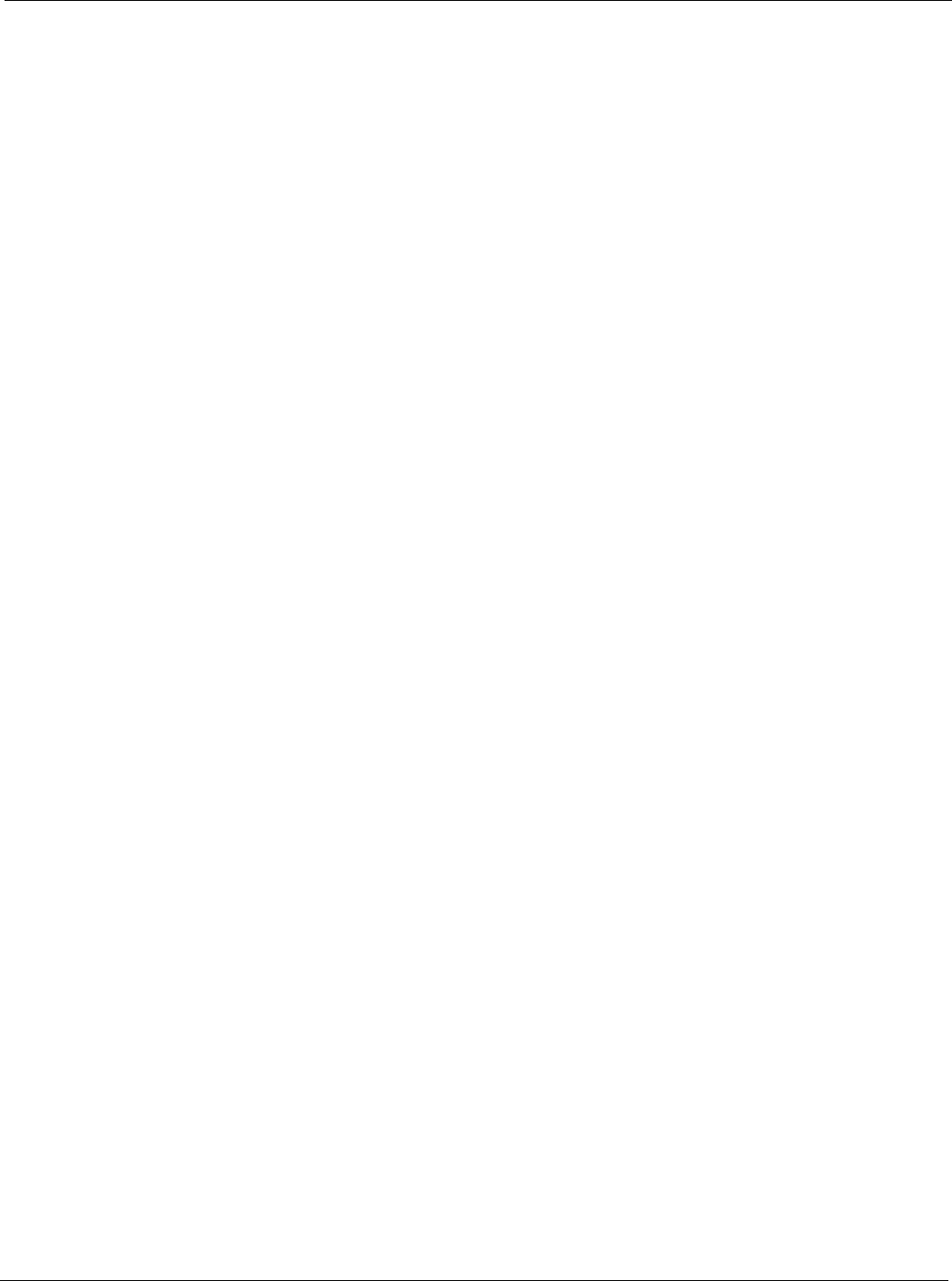Instruction manual
Table Of Contents
- Introduction
- Using the Keypad/Display
- Keypad/Display Menu Structure
- System Summary Menu
- Standard Menus
- System Menu
- Occupancy Menu
- Temperature Menu
- Flow Summary Menu
- Supply Fan Speed Menu
- Return/Exhaust Fan Speed Menu
- Cooling Menu
- Head Pressure Menu
- Evap Condensing Menu
- Economizer Menu
- Min OA Damper Menu
- Heating Menu
- Energy Recovery
- Dehumidification Menu
- Daily Schedule Menu
- One Event Schedule Menu
- Holiday Schedule Menu
- Optimal Start Menu
- Operating Hours Menu
- Extended Menus
- Unit Setup Menu
- Timer Settings Menu
- Time/Date Menu
- Supply Fan Setup Menu
- Return/Exhaust Fan Setup Menu
- Zone Temperature Setup Menu
- Compressor Setup Menu
- Head Pressure Setup Menu
- Chilled Water Setup Menu
- Economizer Setup Menu
- Design Flow Setup Menu
- Heating Setup Menu
- Dehumidification Setup Menu
- Alarm Out Configuration Setup Menu
- Alarm Limits Setup Menu
- Manual Control Menu
- LON/BACnetIP/BACnetMSTP Setup Menu
- Active Alarm Menu
- Alarm Log Menu
- Advanced Menus
- Unit Configuration Setup Menu
- Save/Restore Menu
- Alarm Delays Setup Menu
- Analog Input Status Menu
- Universal I/O Status Menu
- Digital Input Status Menu
- Digital Output Status Menu
- Adv Setup Settings Menu
- Adv Status Parameters Menu
- Alarms
- Operator’s Guide
- Determining Unit State
- Off Operating State
- Start Up Operating State
- Recirculating Operating State
- Heating
- Economizer
- Mechanical Cooling
- Determining Unit Status
- Determining Control Mode
- Determining Cooling Status
- Determining Heat Status
- Determining Economizer Status
- Determining Cooling Capacity
- Determining Heating Capacity
- Determining Supply Air Fan Capacity
- Determining RF/EF Capacity
- Determining Outside Air Damper Position
- Determining Emergency Mode
- Determining Application Mode
- Determining Occupancy Status
- Determining Occupancy Mode
- Determining Occupancy Source
- Unoccupied Operation
- Scheduling
- Temperature Control Configurations
- Heat/Cool Changeover
- Dehumidification
- Energy Recovery
- Outside Air Damper Control
- Outside Air Damper Control, Two Position
- Special Procedures for Units with WRV and More Than Two Circuits.
- Water Pump Control
- Cooling: Multistage
- Cooling: Modulating
- Heating Control
- Modulating
- Min DAT
- Indoor Air Fan - On/Off Control

McQuay OM 920 65
Operator’s Guide
Heating
The unit enters the Heating operating state when the Control Temperature falls below the zone
heating setpoint by more than ½ the zone heating deadband. During the Heating operating
state, the outdoor air dampers are either 100% open if the unit is a 100% outdoor air unit or
controlled to the minimum outside air position. Cooling is disabled.
Economizer
If the unit is equipped with a 0-100% modulating economizer (waterside or airside) and the
conditions are suitable for free cooling, the unit attempts to satisfy the cooling load by using
either outdoor air or the waterside economizer before using mechanical cooling.
If the unit is configured for Zone Temperature Control the transition to economizer operation
will occur if all the following are true:
• The Control Temperature rises above the zone cooling setpoint by more that ½ the zone
cooling high deadband
• The discharge air temperature is greater than the Min DAT limit by more than ½ the DAT
heating deadband. This will prevent more cold air from being brought in when the DAT is
already cold
• The economizer operation is not disabled
If the unit is configured for Discharge Air Temperature Control the transition to Mechanical
cooling will occur if all the following are true:
• The Control Temperature rises above the zone cooling setpoint by more that ½ the zone
cooling deadband
• The discharge air temperature is greater than the DAT cooling setpoint by more than ½ the
DAT cooling deadband
• Post heat operation is complete
• Economizer operation is not disabled
Mechanical Cooling
The unit enters the mechanical cooling operating state when cooling is required and the
economizer is disabled, not present, or already fully open.
If the unit is configured for Zone Temperature Control the transition to Mechanical cooling
will occur if all the following are true:
• The control temperature rises above the zone cooling setpoint by more that ½ the zone
cooling deadband
• The discharge air temperature is greater than the Min DAT limit by more than ½ the DAT
heating deadband. This will prevent more cold air from being brought in when the DAT is
already cold
• The economizer operation is disabled or not present
If the unit is configured for Discharge Air Temperature Control the transition to Mechanical
cooling will occur if all the following are true:
• The control temperature rises above the zone cooling setpoint by more that ½ the zone
cooling deadband
• The discharge air temperature is greater than the DAT cooling setpoint by more than ½ the
DAT cooling deadband
• Post heat operation is complete
• Economizer operation is disabled










